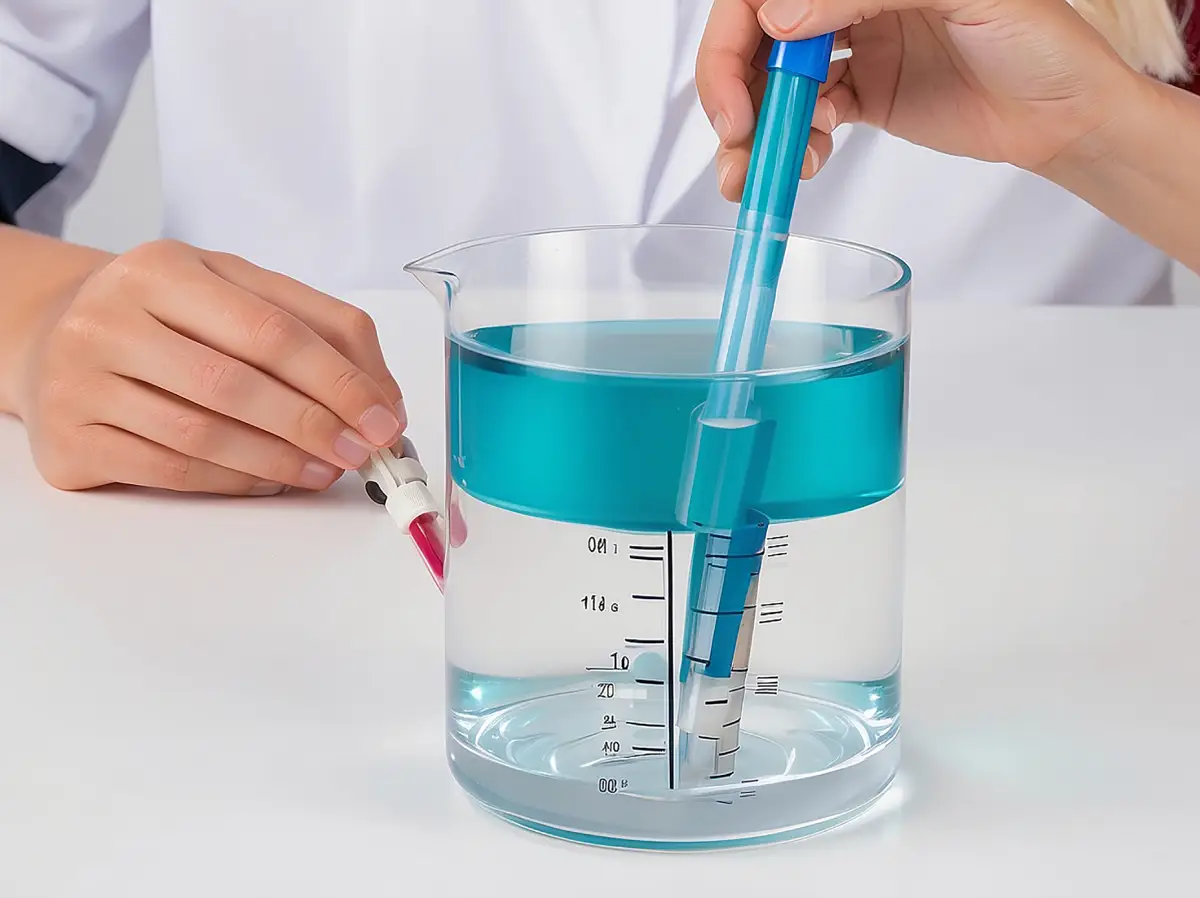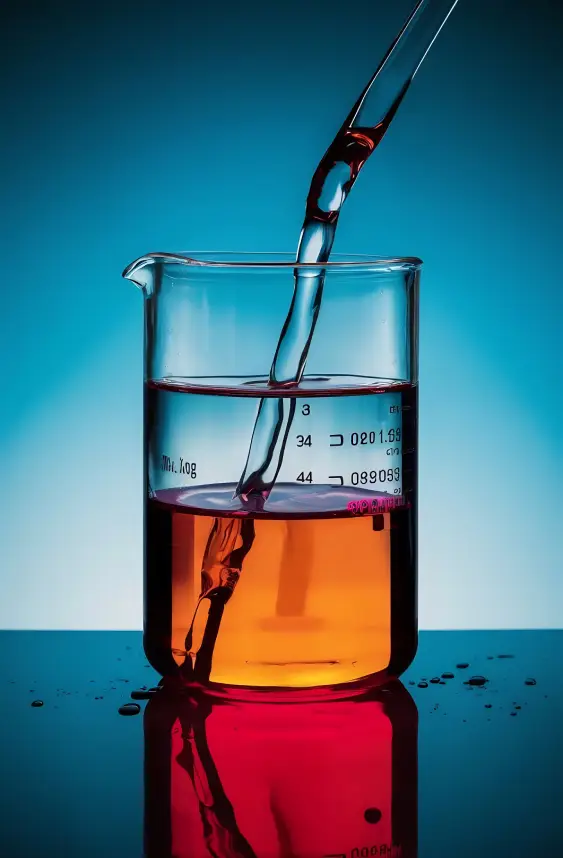Alginate Usage
- Home
- Alginate Usage
How to dissolve Alginate?
Alginic acid, alginate salts, and alginate derivatives (collectively referred to as “alginate”) can be used either in powdered form or dissolved in water to create a solution for a variety of applications. Typically, only a small amount of alginate is needed—usually around 1-2% of the final product—so achieving an even distribution is key to ensuring its full functionality.
When Incorporating as a Powder
Simply adding alginate powder directly to the mixture may not result in uniform distribution. To ensure thorough mixing, reserve about 10% of the main ingredients and blend the required amount of alginate powder into it as a primary mixture. Then, gradually combine this premixed portion back into the main batch for a more even distribution of alginate.
When Using as a Water Solution
Alginate is a water-soluble polymer that, when dissolved, forms a viscous colloidal solution. When using alginate as a thickening or gelling agent, it’s important to ensure it is fully dissolved to create a smooth, homogeneous solution. While alginate is highly hydratable and has good water solubility, it can sometimes clump or appear difficult to dissolve in certain conditions due to its strong tendency to absorb water.
Method for Achieving a Uniform Alginate Solution
Alginate is available in various forms, ranging from granules to fine mesh, to suit different applications. For quick dissolution, it’s crucial to disperse the alginate evenly in water. When alginate powder is uniformly dispersed, it swells and dissolves more rapidly due to the increased surface area. In contrast, clumps of undispersed alginate take longer to swell and dissolve.

1. Incorporating with a High-Speed Stirrer:
Gradually introduce the alginate powder into water while maintaining rapid stirring.
2. Premixing with a Hydrophilic Powder:
Blend the alginate powder with a hydrophilic powder, such as sugar, to form a uniform mixture. Then, slowly add this premixed powder into the water while stirring, as described in step 1.
3. Premixing with a Hydrophilic Liquid:
Create a wet blend by combining the alginate powder with a hydrophilic liquid, such as alcohol or glycerine. Then, slowly incorporate this mixture into the water while stirring.
Dispersion and Dissolution with a High-Speed Stirrer
By rapid stirring
Gradually add alginate powder to water while stirring with a high-speed propeller-type stirrer. Continue stirring until all the alginate is fully dissolved.
Important Notes:
- This is the standard technique for dispersing and dissolving alginate quickly in water.
- A high-speed stirrer with sufficient power to mix the water in the tank is essential for this method.
- As the alginate dissolves, the solution will become more viscous. A stirrer capable of handling thick liquids is necessary.
- If any alginate powder sticks to the stirrer blades, tank walls, or other surfaces, stop the stirring process and inspect the situation.
Issues with Poor Dispersion and Lumps
If alginate is not uniformly dispersed, the powder will only be wetted on the surface, leading to the formation of lumps. These lumps may take a long time to dissolve properly. However, if left in water for an extended period, the lumps will eventually swell and dissolve.

Dispersion and Dissolution by Premixing
Premixing with a Hydrophilic Powder
Before adding alginate to water, mix it with a hydrophilic powder, such as sugar or salt. This step reduces the dissolution time and helps prevent lump formation when using a slow-speed stirrer. Once the mixture is evenly dispersed, a homogeneous solution can be easily achieved.
To ensure effective dispersion, the amount of hydrophilic powder should be approximately six times the weight of the alginate powder.
Premixing with Alcohol
Alginate does not dissolve in alcohol. To promote dispersion, mix a small amount of alcohol (e.g., ethanol) with the alginate powder to form a slurry. Immediately add water to the slurry to facilitate lump-free dispersion. After dispersing, a homogeneous solution can be achieved even with slow stirring.
| Types of Alginate | Solubility | ||
|---|---|---|---|
| Cold & Hot Water | Fats & Oils | Organic solvents | |
| Alginic Acid | Insoluble | Insoluble | Insoluble |
| Sodium Alginate | Soluble | Insoluble | Insoluble |
| Potassium Alginate | Soluble | Insoluble | Insoluble |
| Calcium Alginate | Insoluble | Insoluble | Insoluble |
| Ammonium Alginate | Soluble | Insoluble | Insoluble |
| Propylene Glycol Alginate | Soluble | Insoluble | Insoluble |
| Carrageenan | Soluble | Insoluble | Insoluble |
| Agar | Soluble (gels upon cooling ) | Insoluble | Insoluble |
| Xanthan Gum | Soluble | Insoluble | Insoluble |
| Pectin | Soluble | Insoluble | Insoluble |
| Tara Gum | Soluble | Insoluble | Insoluble |
| Lithium Alginate | Soluble | Insoluble | Insoluble |
| Agarose | Soluble (gels upon cooling ) | Insoluble | Insoluble |
| Curdlan Gum | Soluble (gels upon cooling ) | Insoluble | Insoluble |
| Guar Gum | Soluble | Insoluble | Insoluble |
| Solubility | |||
|---|---|---|---|
| In an Acidic System | In an Alkaline System | In a Solution with Polyvalent Cations | |
| Fruit Juice, Sake, Salad Dressing, etc. | Lye Water, etc. | Hard water, Milk, etc. | |
| Alginic Acid | Insoluble | Soluble | Insoluble |
| Sodium Alginate | Insoluble | Soluble [1] | Insoluble |
| Potassium Alginate | Insoluble | Soluble [1] | Insoluble |
| Calcium Alginate | Insoluble | Insoluble [2] | Insoluble |
| Ammonium Alginate | Insoluble | Soluble [1] | Insoluble |
| Propylene Glycol Alginate | Soluble | Soluble [3] | Soluble |
| Carrageenan | Soluble (e.g, in fruit juices ) | Insoluble | Forms (e.g, in milk ) |
| Agar | Soluble (gels upon cooling ) | Insoluble | Insoluble |
| Xanthan Gum | Soluble | Soluble | Soluble |
| Pectin | Soluble (e.g, in fruit juices ) | Soluble [1] | Forms (e.g, in milk ) |
| Tara Gum | Soluble | Soluble | Soluble |
| Lithium Alginate | Insoluble | Soluble [2] | Insoluble |
| Agarose | Soluble (gels upon cooling ) | Insoluble | Insoluble |
| Curdlan Gum | Soluble (gels upon cooling ) | Insoluble | Insoluble |
| Guar Gum | Soluble | Soluble | Soluble |